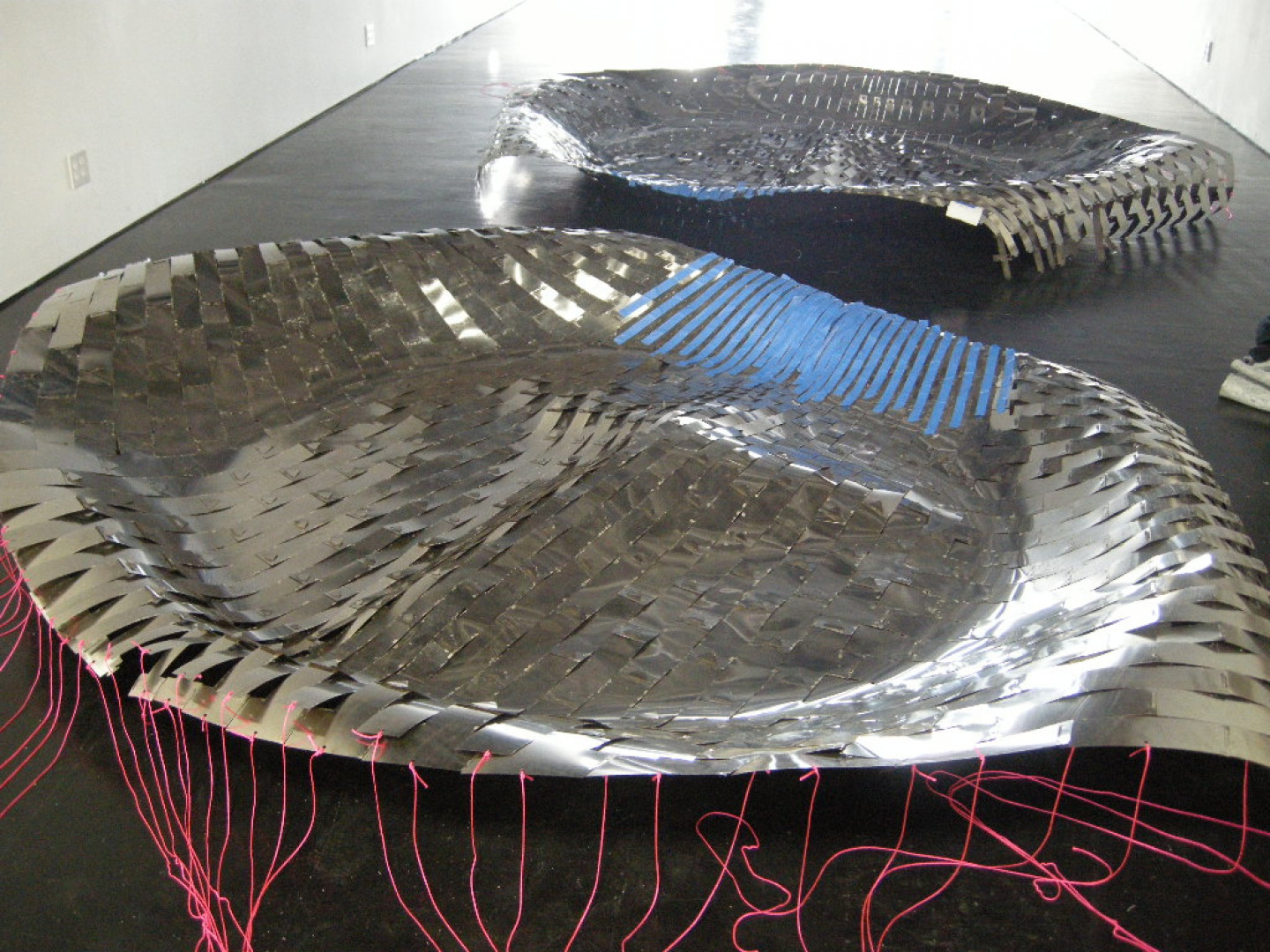Challenging the traditional presumption that a building skin should be static and inanimate, this investigation examines the replacement of this convention with a responsive system that is a prosthetic extension of man and a mediator for the environment. With the emergence of smart materials, an elevated interest in utilising unconventional building systems and an urgent need to build sustainable structures, our buildings can be more sensitive to the environment and the human body, raising the level effectiveness while altering our perception of enclosure. To test this thesis, an 8’ tall portable prototype with a responsive, self-ventilating building skin using sheet thermobimetal, a smart material never before used in building skins, was built. By laminating two metal alloys with different coefficients of expansion together, the result is a thermobimetal that curls when heated and flattens when cooled. As the temperature rises, this deformation will allow the building skin to breathe much like the pores in human skin.
Even during the modern movement, exterior walls were designed to be static and rigid. Visual access between interior and exterior environments was open with the use of glass and steel, but artificial climate control still determined the impenetrable limits of those glass walls. As times change, more recent public interest in sustainable design, energy conservation and zero-emission building design has infused the industry with renewed impetus to seek alternative solutions. With the emergence of new smart materials, the evolution of digital technologies evolving and availability of mass-customization methods, those same walls can now be designed to be responsive, interactive and even porous, much like human skin. As a "third" skin (the "first" being human skin, the "second" clothing), architecture can, in effect, bring man closer to nature by elevating the sensitivity of the building surfaces. This research challenges the traditional notions and demonstrates that these surfaces can breathe and self-ventilate without the need of a costly energy source.
Lead Designer/Researcher:
Doris Sung
Principal, DOSU Studio Architecture, Assistant Professor, University of Southern California
Team:
Debbie Chen, Jeffrey Chinn, Krista Flascha, Dong Woo Kim, Daniel Patki, Kendra Kirsch, Daisuke Sato, Dayhana Solis, Kimberly Wiebe
Engineers:
Buro Happold (Matthew Melnyk, Ron Elad, Yukie Hirashima)
Grant support:
AIA Knowledge Committee Grant



.jpg)